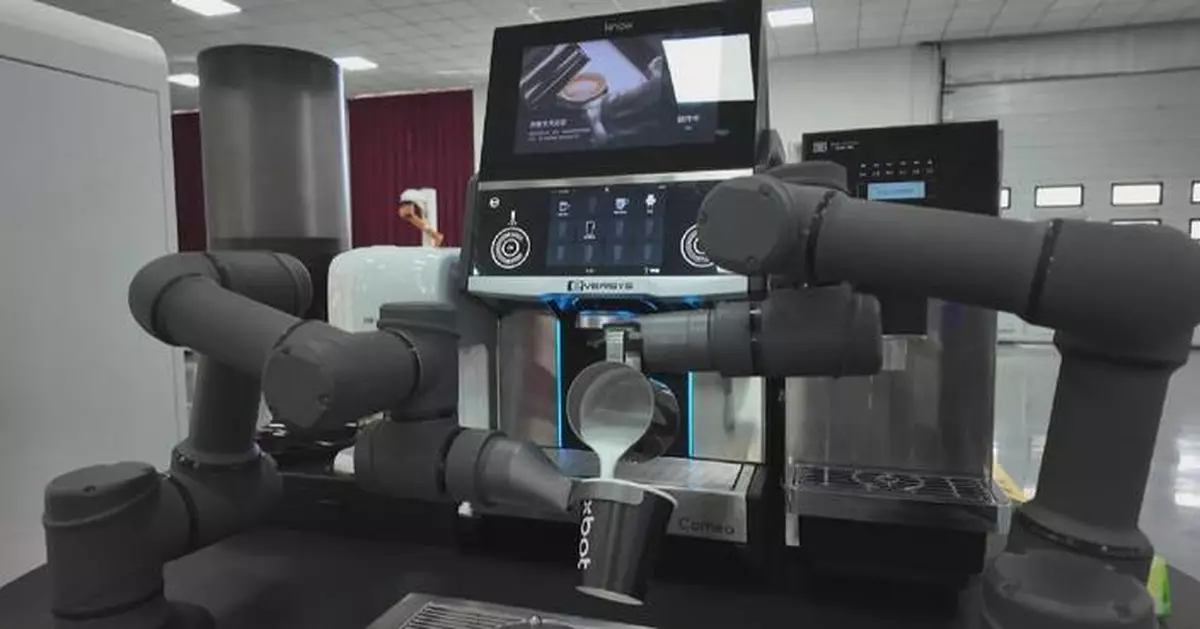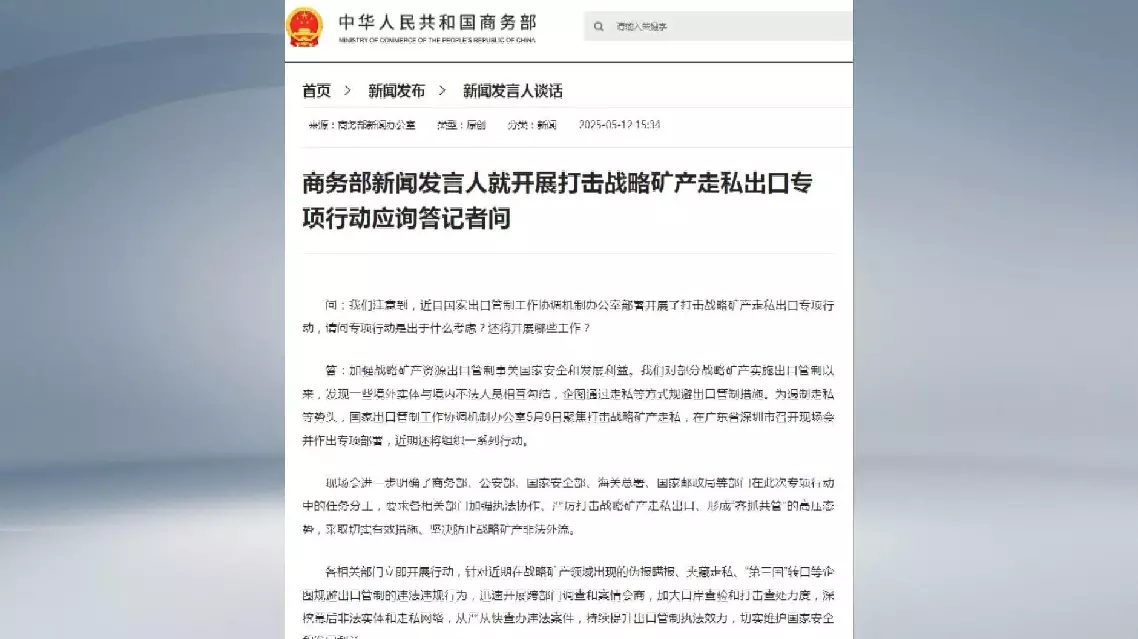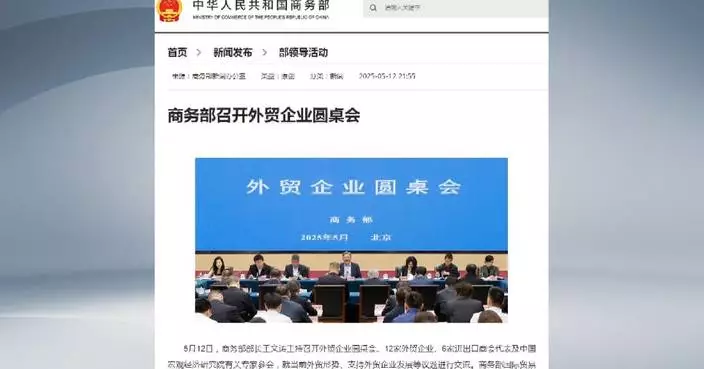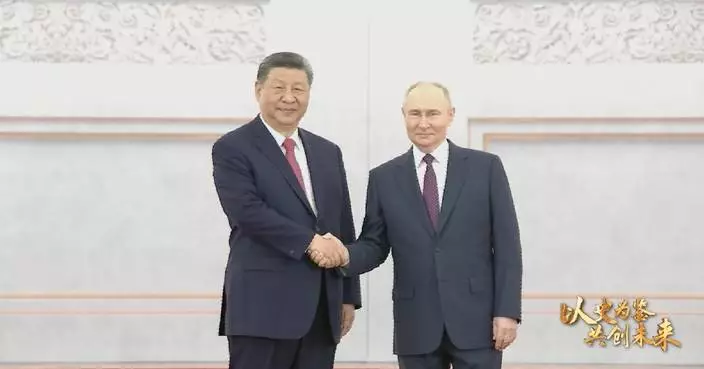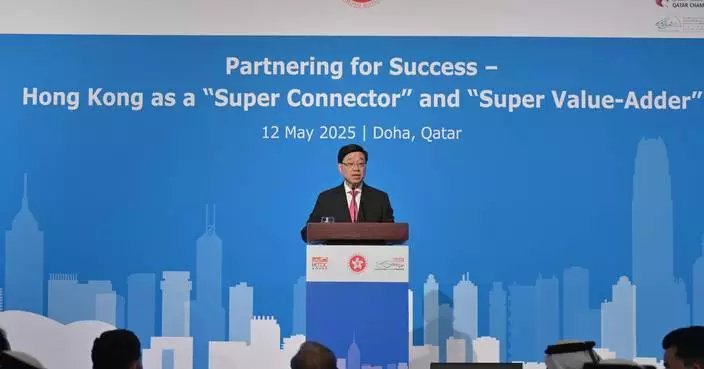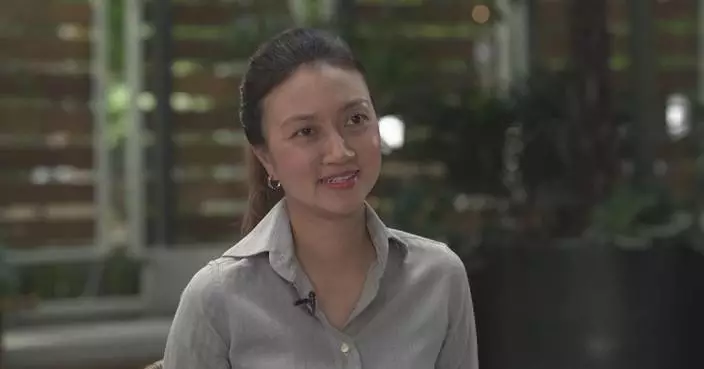Collaborative robots empowered by the development of science and technology have become helpers in people's life as well as their work and production.
Nowadays, robots that make latte art can be seen in many places, such as business districts and libraries. It only cost customers 20 yuan (about 2.73 U.S. dollars) to purchase a cup of latte with customized microfoam pattern on it.
The company that produces such robots is a private firm based in Zibo City, east China's Shandong Province. In 2024, it received many orders from overseas.
"The machine uses one system to control two robotic arms, each with six joints. It means that the system is controlling 12 joints to do different actions, which is quite difficult. It only takes 75 seconds for the machine to make a cup of latte with microfoam pattern on it," said Han Yongguang, CEO of AUBO Robotics.
He noted that the application scenarios for these collaborative robots have been expanding.
"The robotic arm is not a final product. For example, if you put it on a new energy vehicle production line, it can serve as a robot capable of making vehicles. To make robotic arms fully match the application scenarios, it requires us to roll out possible plans with the application side," Han said.
For now, the company has grown into a leading company in collaborative robot industry.
However, it was in financial trouble five years ago. At that time, Zibo City authorities were optimistic about the future of the collaborative robot sector. The local government helped the firm finance 300 million yuan and invited it to settle in.
"For several years, we've been striving for industrial transformation and upgrading. In 2020, we invited AUBO Robotics to Linzi District. For that, we formed a specific working group. Apart from providing support elements, we also arranged workshop for it. Meanwhile, we used the company to attract more upstream supporting enterprises, so that it can develop smoothly," said Cui Xiaolei, director of Zibo City's Linzi District investment promotion center.
Under the support from the local government, the company started operation only five months later. From then on, the output of collaborative robots has been increasing rapidly with larger market share.
Its sales revenue grew from less than 50 million yuan in 2020 to 520 million yuan in 2023, with the domestic market share taking more than 40 percent.
"When I invested in the company back in 2020, I thought that it would already be a miracle if the output could reach 10,000 per year within five years. But now, the annual production capacity is 20,000," Han said.
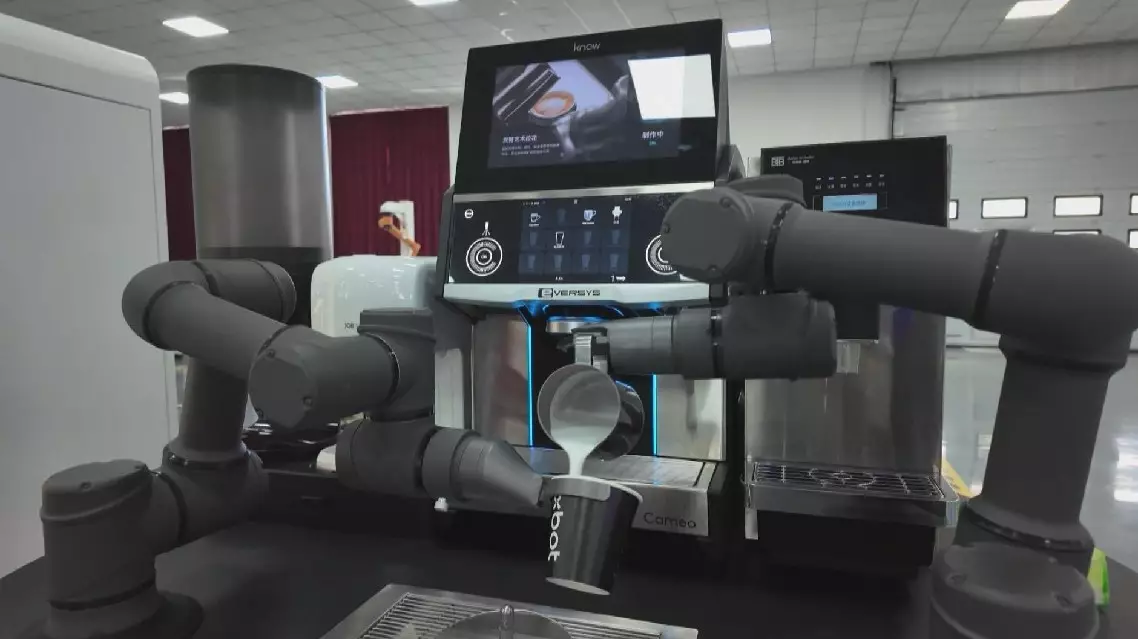
Collaborative robots become helpers in people's life, production


